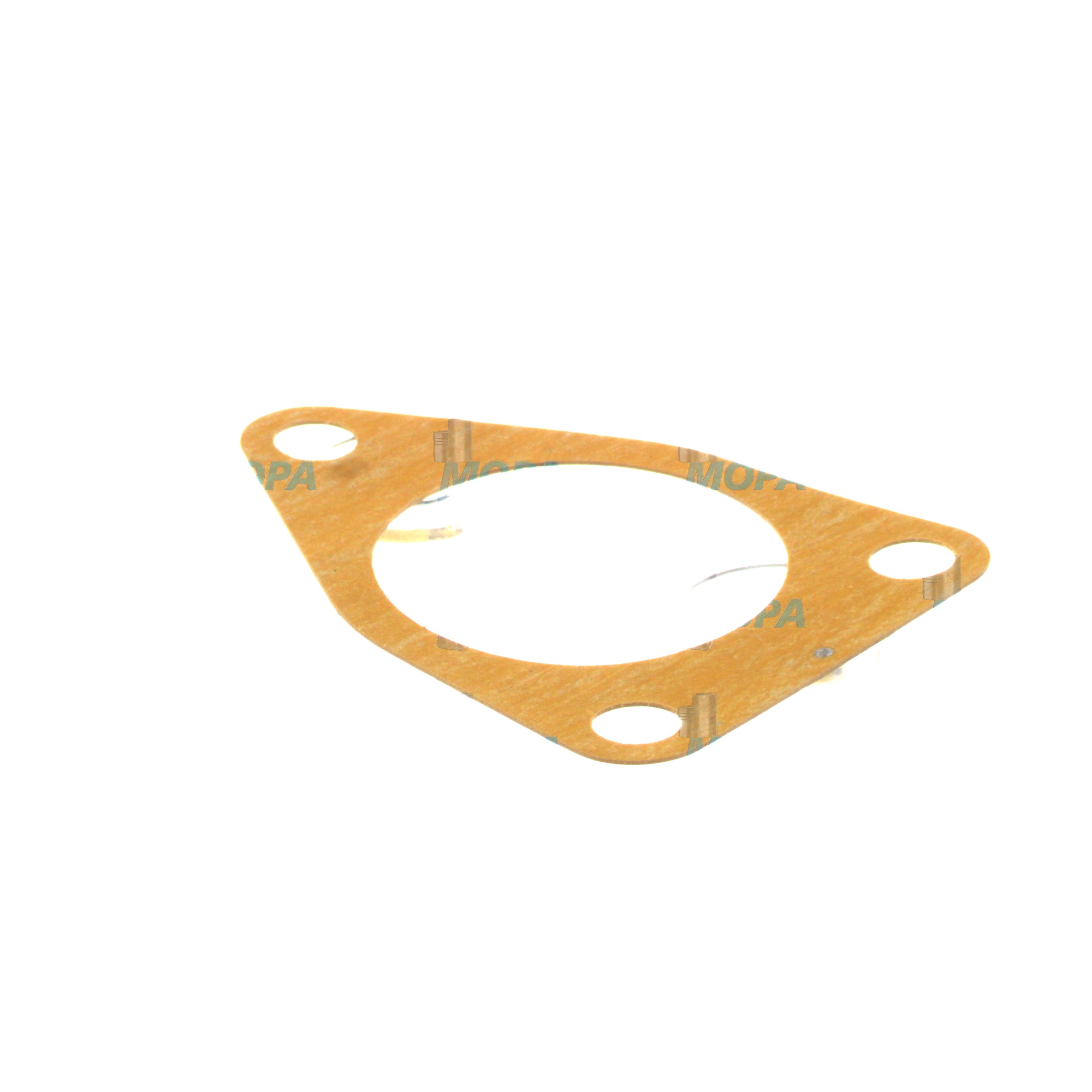SEALING PLATE and Gaskets for High‑Performance Diesel and Marine Engines
Gaskets are engineered sealing elements that create reliable, pressure-tight joints between engine components. From the cylinder head to the exhaust manifold, turbocharger interfaces, pumps, and covers, they prevent cross‑leaks between fluids and gases, stabilize compression, and protect mating surfaces against wear. In heavy-duty diesel and marine engines, correctly specified gaskets—ranging from multi-layer steel (MLS) head gaskets to graphite composite exhaust gaskets and precision SEALING PLATE elements—are essential to keep thermal, mechanical, and chemical stresses under control. Their role is fundamental to engine availability, fuel efficiency, and emissions compliance.
Within this article category, Gaskets encompass flat seals, formed seals, O-rings, and SEALING PLATE solutions that close cavities, separate circuits, and compensate micro-roughness on machined faces. They are manufactured from materials tuned to the application: stainless MLS stacks with elastomeric coatings for combustion sealing, expanded graphite for high-temperature exhaust zones, PTFE or aramid fiber composites for chemical resistance, and elastomers like FKM or HNBR for oil and coolant systems.
Technical Function of Gaskets and SEALING PLATE in diesel engine and marine engine applications
The primary function of Gaskets is to maintain a controlled barrier across flanged or bolted joints under dynamic loads. Surface asperities and thermal expansion would otherwise compromise the joint; the gasket’s compressibility fills micro-voids while its recovery helps retain bolt preload during temperature cycles. A SEALING PLATE diesel engine setup, for example, provides a dimensionally stable flat seal for gear covers, pump housings, or timing cases where consistent thickness and rigidity are critical to gear backlash, oil flow paths, and alignment.
In a SEALING PLATE marine engine context, the component often isolates seawater cooling circuits from lubricating oil passages in heat exchangers or auxiliary systems. Its uniform sealing pressure prevents coolant ingress into oil, which could lead to bearing distress and varnish formation. On high-output engines, MLS cylinder head gaskets confine combustion pressures while managing head/block relative motion; graphite-reinforced gaskets in exhaust and EGR connections tolerate temperatures above 500°C and resist oxidation. Coatings such as nitrile rubber or advanced fluoropolymers minimize micro-blow paths and improve micro-sealing at low bolt loads.
Material science underpins performance: creep relaxation resistance sustains clamping force over long service intervals; chemical compatibility preserves integrity against fuel, lube oil additives, coolants, and sulfuric condensates; and thermal conductivity can help dissipate localized hotspots. Proper surface finish, flatness, and torque sequencing complement gasket design to achieve leak-free, durable joints throughout the engine.
Key characteristics and advantages of Gaskets
· High sealing efficiency under pressure and thermal cycling.
· Precise thickness control for dimensional stability.
· Robust materials: MLS, graphite, PTFE, aramid fiber, elastomers.
· Resistance to fuels, oils, coolants, and exhaust condensates.
· Low creep and excellent recovery to preserve bolt preload.
· Optimized coatings for micro-sealing and easy release.
· Tailored to combustion, exhaust, coolant, and lube circuits.
· Reduced emissions and improved cleanliness of engine compartments.
SEALING PLATE importance for engine operation and lifecycle
Gaskets directly influence reliability, safety, and total cost of ownership. A deteriorated or mis-specified gasket can set off a cascade of issues: oil leakage causing fire hazards on hot surfaces, coolant leaks that trigger liner cavitation or bearing damage, and exhaust leaks leading to turbocharger imbalance, higher backpressure, and emission exceedances. Combustion gas blow-by through a compromised head gasket reduces power, increases fuel consumption, and accelerates soot contamination of the lubricant.
For propulsion and auxiliary sets, especially at sea, unplanned downtime caused by gasket failure can be significantly more costly than scheduled replacement. In multi-cylinder diesel engines, even minor sealing deviations can cause cylinder-to-cylinder power imbalance, rough running, and thermal stress. In gas engines, incorrect sealing may allow unmetered air ingress, upsetting the air-fuel ratio and causing knocking or derating. Robust SEALING PLATE marine engine interfaces and correctly selected gasket materials are therefore central to stable performance and safe operation.
Advantages of OEM spare parts suitable for Gaskets and SEALING PLATE OEM parts
Using OEM spare parts suitable for Gaskets ensures that dimensions, materials, and coatings match the engine maker’s specifications. This alignment safeguards performance by delivering the correct compressibility, recovery, and chemical resistance for each joint. SEALING PLATE OEM parts maintain the precise thickness and flatness needed to keep gear trains aligned, pump clearances correct, and sealing pressure uniform across the mating surface.
From a reliability standpoint, OEM spare parts suitable for Gaskets offer proven test data for burst strength, creep relaxation, and thermal endurance. Traceable quality processes reduce variability, lowering the risk of early leaks after overhaul. For budgets, the right gasket selection avoids rework, fluid losses, and follow-up damage to bearings, liners, and turbochargers—costs that quickly exceed any perceived savings from mismatched components. Over the service life, the correct materials minimize maintenance frequency, protect mating surfaces from fretting and corrosion, and help maintain emissions compliance across overhaul cycles.
MOPA: fast, secure supply of SEALING PLATE and Gaskets as OEM parts for diesel and gas engines
MOPA is an experienced, reliable partner for OEM spare parts Gaskets. We source SEALING PLATE solutions and complete gasket sets for leading diesel and gas engine platforms, focusing on speed, quality, and security in every transaction. Our technical expertise helps purchasers and shipowners specify the right material stack-up for each application—combustion, exhaust, coolant, and lube—while our logistics capability minimizes downtime through rapid delivery and consistent availability.
Whether you need MLS head gaskets for a high-output diesel, graphite-based exhaust gaskets for thermal resilience, or a precision SEALING PLATE marine engine interface for coolers and covers, MOPA supports your maintenance strategy with vetted OEM parts, documentation, and responsive customer service.
Conclusion: SEALING PLATE and Gaskets for dependable engine performance
Gaskets—especially precision SEALING PLATE components—are indispensable to the safety, efficiency, and durability of marine and diesel engines. Selecting OEM spare parts suitable for Gaskets preserves sealing integrity, stabilizes performance, and optimizes lifecycle costs. With MOPA as your partner, you gain fast access to high-quality OEM parts that keep critical engines operating at their best.












